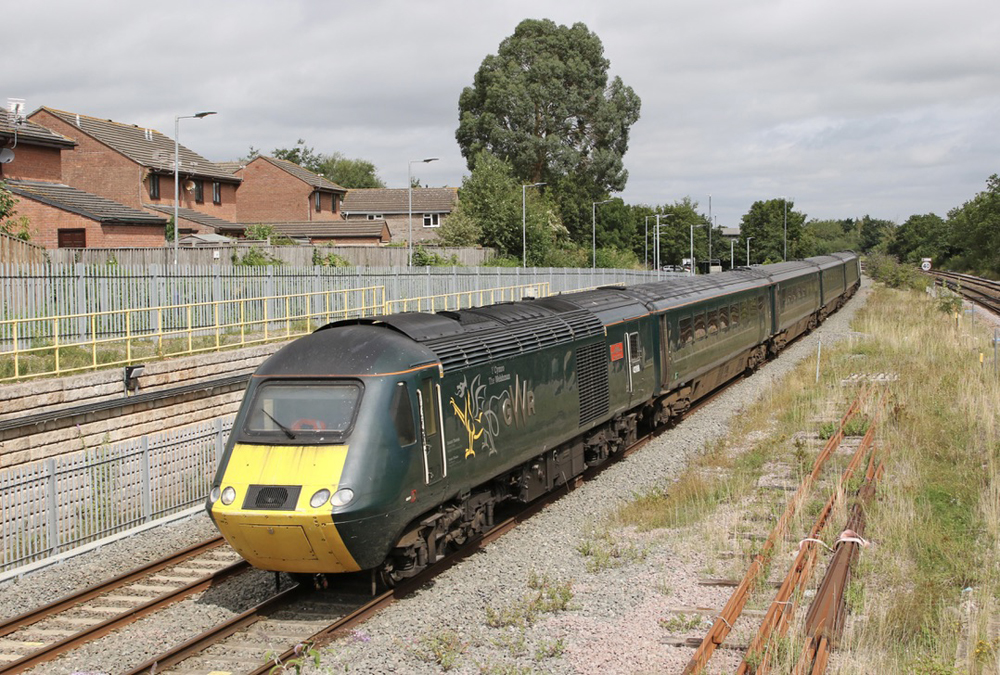
Some of Britain’s iconic High Speed Train locomotives and cars are currently in transit across the Atlantic to Mexico for use on a rail line being rebuilt for the Mexican government in a project led by the country’s Navy.
The British HST equipment, along with two Spanish built ‘tram-train’ light rail vehicles previously used for a short-lived service in Puebla, Mexico, will be used on the Tehuantepec Isthmus Railway (Ferrocarril del Istmo de Tehuantepec) which is being rebuilt. A small number of passenger cars and locomotives have also arrived from the U.S. for the same project.
The Isthmus Railway crosses the narrowest section of Mexican territory, connecting the Gulf of Mexico port of Coatzacoalcos, served by CG Railway’s rail ferry from Mobile, Ala., with the Pacific Ocean port of Salina Cruz. Opened in 1907, the 214km (134-mile) line was part of shipping and rail routes from Hawaii and San Francisco to New York until the 1950s. Like the rest of Mexico’s railroads. it was privatized in the 1990s. The line was leased by a Genesee & Wyoming subsidiary until 2007, after which it wasn’t used. The Mexican government announced its $1.2 billion rebuilding program in mid-2020, which will enable the line to handle double-stacked containers. It will also offer passenger service.
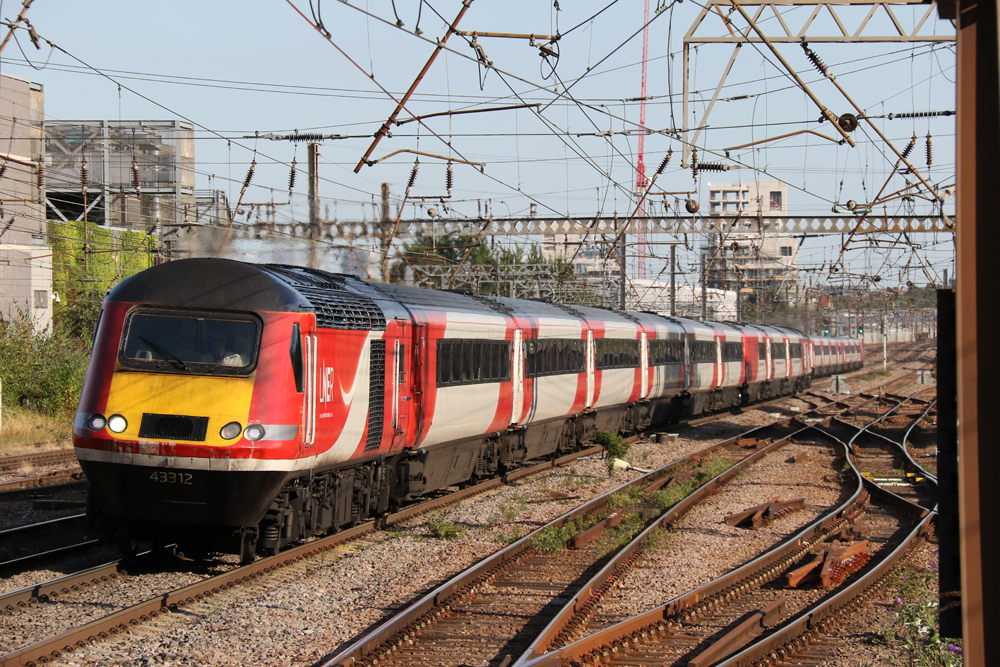
The railway has bought eleven HST cars and three HST Class 43 diesel power car locomotives. These trains, introduced from 1976 to 1982, were used in Britain at up to 125 mph, typically with seven or eight trailer cars sandwiched between power cars at each end. The equipment shipped consists of power cars formerly used by British operator Great Western Railway and trailer cars used on the London- York-Edinburgh route of operator LNER. The trains have been largely replaced in the last decade; most remaining examples, which had been modernized with new interiors, will be taken out of service in the next year [see “Plan to close English ticket offices brings controversy,” Trains News Wire, July 29, 2023]. All of the diesel power cars were equipped with new engines as part of mid-life refurbishment; the former Great Western examples have 2,250-hp MTU V16 4000 R41engines.
Unconfirmed reports in Britain suggest the initial shipment may be the first of several, although leasing company Angel Trains — which owns the equipment shipped so far — has declined to offer any public confirmation.
The HST equipment left the English east coast port of Great Yarmouth on the German-registered BBC Arkhangelsk on Aug. 9, and via calls at Castellón, Spain, and Corpus Christi, Texas, is bound for Coatzacoalcos, Veracruz, Mexico. The ship is due to arrive early on the morning of Sept. 7.
U.S. equipment also acquired
In late August Mexican President Andrés Manuel López Obrador announced at the delivery of one of the line’s locomotives, former Union Pacific SD70M No. 4738, and that the tests of the Tren Interoceánico/Interoceanic train have begun. He said regular service would begin on the line in September.
In addition to the SD70M presented publicly, another similar locomotive has been acquired, along with three ex-Amtrak Amfleet cars, sold by equipment sales and leasing firm Railexco. Those were delivered in late August via the ferry from Mobile to Coatzacoalcos. Also acquired by the Isthmus railway from Railexco was dome-coach Stampede Pass, which previously had been at the Western Maryland Scenic Railroad. That car was built by Budd in 1954 for for the Chicago, Burlington, & Quincy for service on the North Coast Limited.
Mayan Train fleet being delivered
The rebuilt Interoceanic route is not the only new passenger rail line in Mexico nearing completion. The 950 km (594-mile) Mayan Train/Tren Maya route has been under construction since mid-2020; it is largely new, although some sections are rebuilt former freight lines.

When open, which is penciled in for 2024, the new line will enable tourists visiting Cancún to visit tourist sights inland, especially the ruined Mayan cities in the Yucatán such as Chichén Itzá – hence the Tren Maya / Mayan Train name given to the new route. The line will have 16 stations and will be used by both passengers and freight trains. It will be operated by a company owned by the Mexican military.
Passenger services will use 42 new Alstom-built X’trapolis multiple-unit trainsets; 219 cars in several formats are on order. These are being delivered as a mixture of 10 straight diesel multiple-unit sets and 32 hybrid dual-mode diesel and electric trains, as parts of the route serving Cancún will be electrified. The X’trapolis design has been sold widely around the world. Alstom is building the trains in Mexico at its Cuidad Sahagún, Hidalgo, plant. Alstom delivered the first of the new trains in July.
The line is being built using locomotives imported from as far away as China; with some Chinese companies among the contractors, at least eight ex-Chinese Railways DF-4D locos are in use. The construction has also seen Vossloh type G2000 units and older locomotives imported secondhand from Europe.






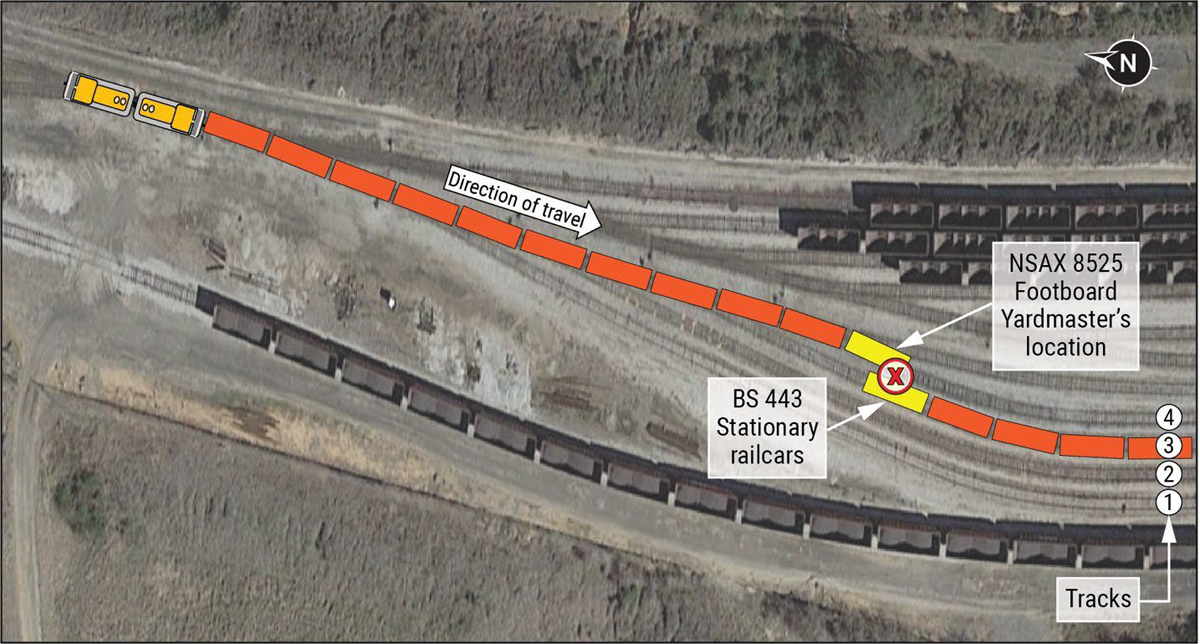
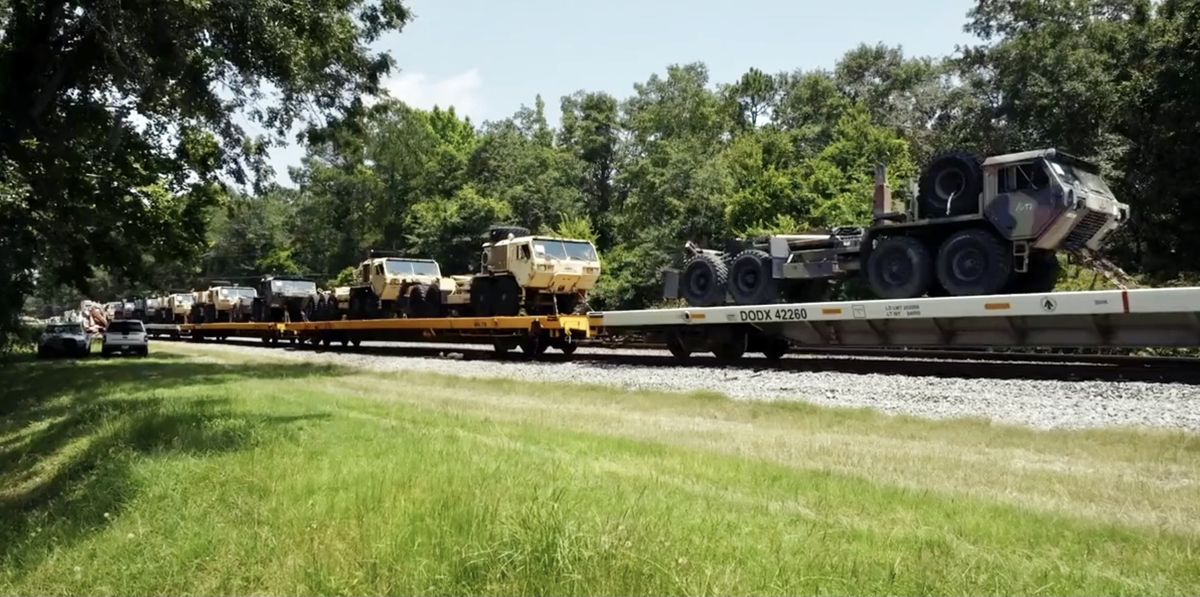
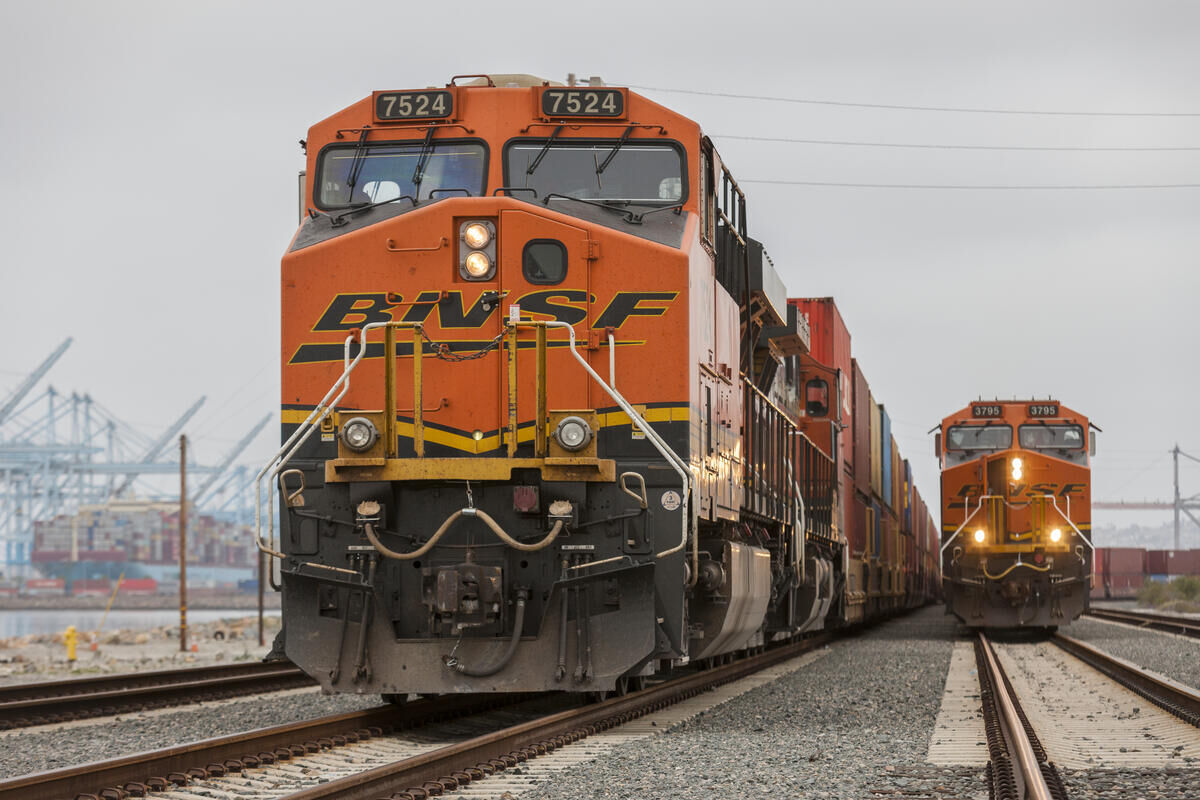
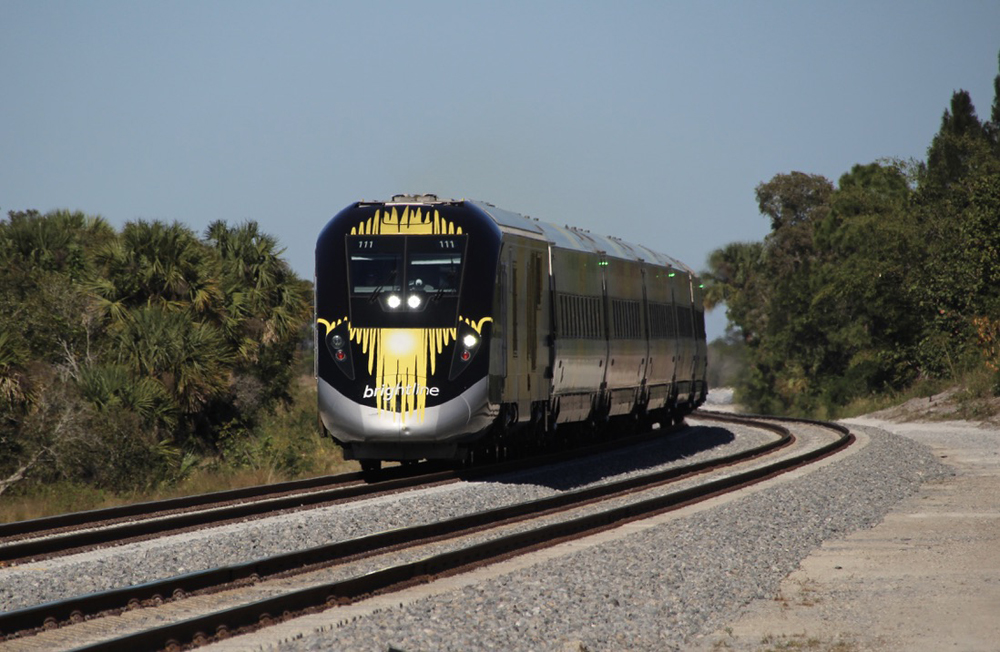




“Not to demean or badmouth Mexico but they do a very poor job of maintaining their infrastructure as well as the rail lines they have and their equipment also. ”
No basis for such a statement. The concession operators have invested heavily in track and equipment. KCSM main lines are all 60-mph maximum speed. Welded rail – concrete ties. New power. Same also for Ferromex.
WMSR bought a new dome and placed it in service.
Thank you…
Rethinking my WMSR support with that dome going south… Perhaps they don’t need my money after all.
That Mexico is importing rail equipment from other countries shows that Mexico lacks the know how and skills to build their own rail equipment and that their workforce is not being trained or educated on how to build or develop locomotives and cars for such a project or any new rail project or expansion for that matter. Another observation to be made is how can Amtrak and even our freight carriers give or sell equipment to other nations when here in the United States our rail lines and especially Amtrak can just go ahead and sell equipment that is badly needed here? That Amfleet equipment even though it is only three coaches for now can be used to fill the need for any one of our passenger trains here. But it comes down to the old adage “Money talks, money walks” Somebody here in this country of ours is most likely making a handsome profit for themselves while putting the needs of other nations above ours. Not to demean or badmouth Mexico but they do a verypoor job of maintaining their intrastrcture as well as the rail lines they have and their equipment also.
Joseph C. Markfelder
Regarding the Trans-Isthmus Corridor train:
Can someone provide a link to information directly from Mexico about PASSENGER rail service on this corridor.
Everything that I have read in Spanish, from Mexican sources, indicates this is strictly for container trains, in competition with the Panama canal. I do not see how that corridor could be served with passenger trains.
Can anyone shed some light on this?
Amfleet cars? Useable equipment sold by Amtrak. No excuse!!
Probably sold as “unserviceable”. But, repaired by a contractor and re-sold by them.
So now Mexico will join the world in high speed passenger service faster than the United States that is still on the fence about most projects, not counting Brightline or Acela.
High speed? A dog’s breakfast of surplus, retired equipment from around the world doesn’t sound like high speed to me.
Regarding the Mayan Train: Mr. Fender, usually a very good writer, fails to mention the considerable opposition the route through the Yucatan has received. Parts of the new construction go through the jungle, resulting in concern for the indigenous people and for the environment (jaguars and other wildlife).